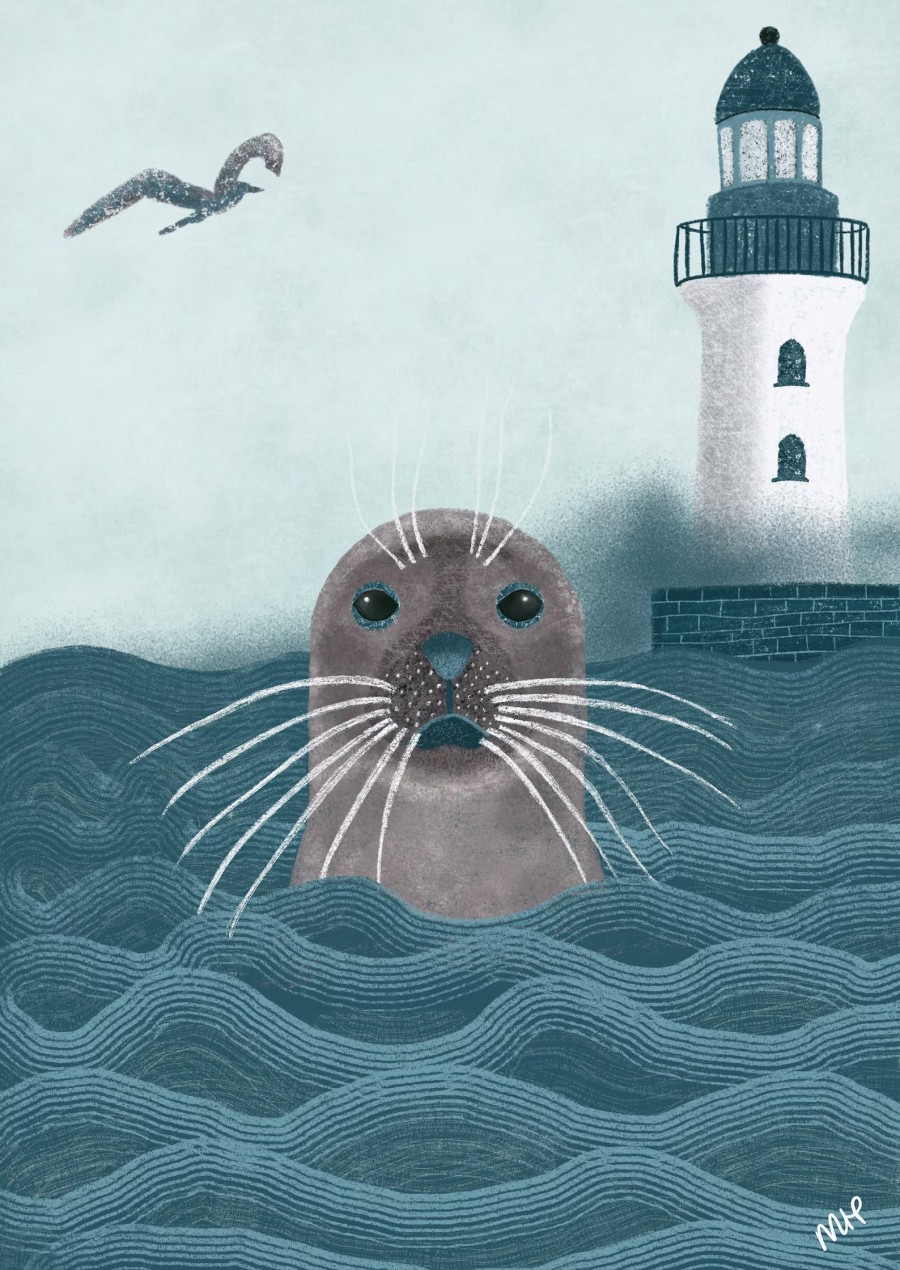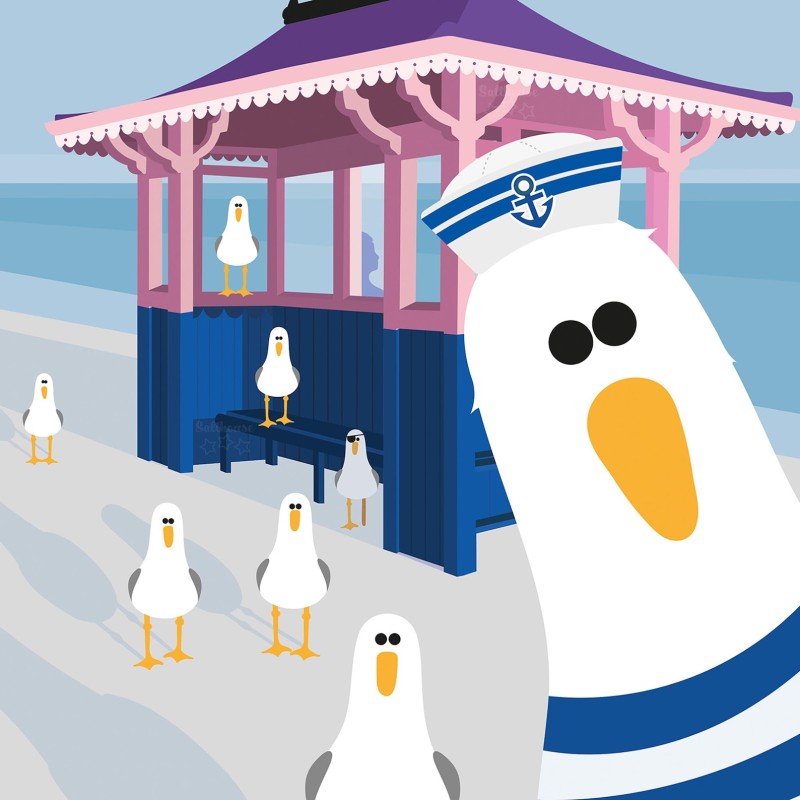Avoid Jet Skis (to Protect Birds and Marine Life )

A few years ago in England, nobody really used jet skis. But now like elsewhere in the world, many people zoom through the water on these ‘sea scooters’, causing havoc to marine wildlife (singer Kirsty MacColl was even killed by one, while on holiday with her children in Mexico).
They may seem fun, but many councils are now banning the use of jet skis. As well as often attracting ‘boy racer’ types (who often have no concern for wildlife), driving them through the water not only can harm and kill marine creatures, but can also separate mothers from babies underwater (like seals and their pups, before independence).
It’s illegal to intentionally disturb wildlife (including gulls), so report such incidents to the police and British Divers Marine Life Rescue.
- In Looe (Cornwall), locals put up warning signs, to protect its Atlantic grey seal population.
- Hundreds of people have objected to the issue of personal water craft licenses in Deben Estuary (Suffolk), which could harm local wildlife.
- In Northern Ireland, there is an outright ban on jet skis in some areas (after reports of harm and anti-social behaviour).
How Jet Skis Affect Birds and Marine Wildlife
Many creatures (like dolphins and whales) communicate by echo location or singing underwater, and jet skis (like some boats) disturb this. To a marine creature, the roar of a jet ski engine underwater, can be terrifying (like loud underwater fireworks).
When jet skis get too close, nesting sea birds (including puffins) can abandon nests, and leave eggs and chicks vulnerable to predators or storms.
Shallow waters near shores often act as nurseries for young fish, and feeding grounds for birds. So the wake left from jet skis can stir up sediment and uproot vegetation, destroying critical habitats.
Slow-moving sea turtles (and manatees abroad) not only can not escape in time, but many creatures have to come up for air (seals, turtles) and this can cause collisions which result in injury or death.
Birds that fly low over the water can get hit or disturbed. Birds also need a lot of energy to fly (to find food). This is why it’s essential never to disturb them. So flying away from jet skis, can leave them too exhausted to hunt.
Safer Alternatives to Jet Skis for Wildlife
Of course, you don’t ‘need any alternative’. But if you like ‘playing on the water’, instead consider:
- Kayaking: Quiet paddling lets you glide close to wildlife without scaring them away.
- Paddleboarding: Like kayaking, paddleboarding keeps noise levels low.
- Snorkelling and swimming: These activities let you enjoy marine life below the surface, without any engine noise disrupting the environment.
Florida’s Actions to Save Manatees (sea cows)

Jet skis are very popular in Florida, a place where manatees (sea cows) often swim (as well as in the Caribbean). Save the Manatee Club does wonderful work, educating the public on why to avoid using jet skis.
These gentle creatures move slowly and have to come up for air, so often are at the danger end. So the organisation not only educates, but offers free warning signs for Florida shoreline home owners, so boaters can see them, when passing by.






